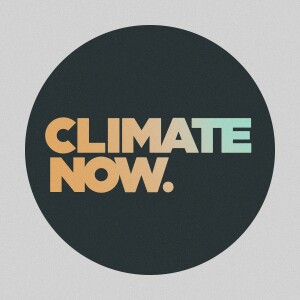
How many crises can we address at once?
In October of this year, headlines broke that the global animal population in 2018 is 69% smaller than it was a half century ago, in 1970. It is the latest bad news in a string of studies on biodiversity loss, which is happening at a rate not seen on this planet since the last mass extinction. It also follows on the heels of an analysis from the U.N. World Food Program, estimating that due to Russia’s war in Ukraine, a record 345 million people are at risk of starvation this year, and that it is likely that by the end of this decade, the cumulative progress made in reaching the U.N.’s 2015 goal of eradicating hunger by 2030 will be 0%.
Conservation of natural lands and freshwater ecosystems are critical to biodiversity preservation efforts, but how do you feed the world without agricultural development, and how do you stem the impact of climate change without developing land-intensive clean energy solutions like wind and solar? It turns out, solutions to these issues do not have to be mutually exclusive.
Melissa Ho, Senior Vice President of the World Wildlife Fund, joined Climate Now to discuss how WWF addresses the competing priorities for humanity and the natural world, and why a holistic valuation of the services healthy ecosystems provide can help us develop co-beneficial solutions to all of these crises.
Follow us on Twitter, LinkedIn, Facebook, and Instagram.
Contact us at contact@climatenow.com
Visit our website for all of our content and sources for each episode.
More Episodes
 2024-10-15
2024-10-15
 2024-08-06
2024-08-06
 2024-07-23
2024-07-23
 2024-07-09
2024-07-09
 2024-07-01
2024-07-01
Create your
podcast in
minutes
- Full-featured podcast site
- Unlimited storage and bandwidth
- Comprehensive podcast stats
- Distribute to Apple Podcasts, Spotify, and more
- Make money with your podcast
It is Free
- Privacy Policy
- Cookie Policy
- Terms of Use
- Consent Preferences
- Copyright © 2015-2024 Podbean.com





